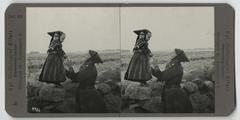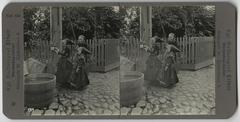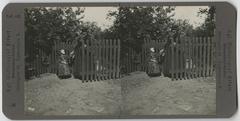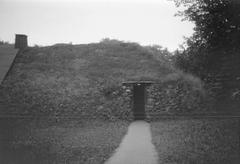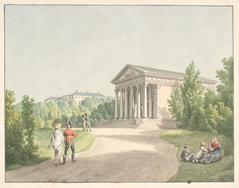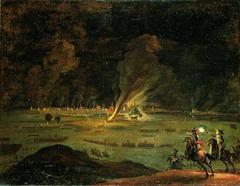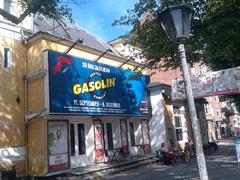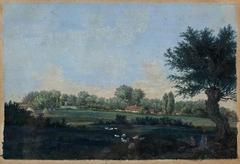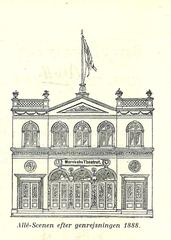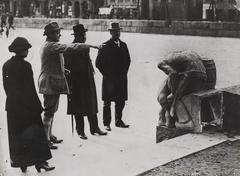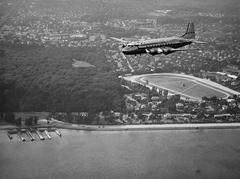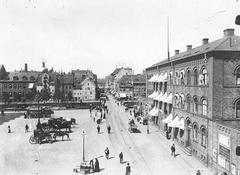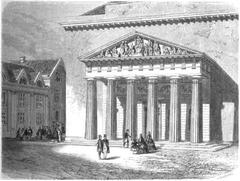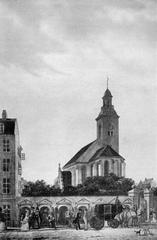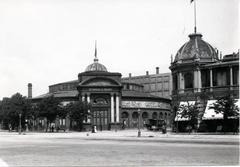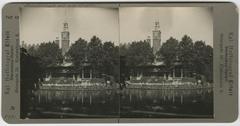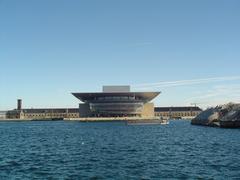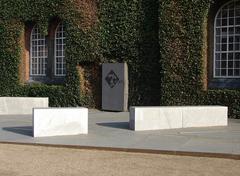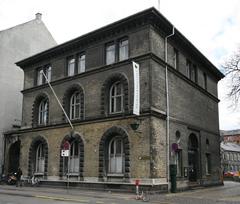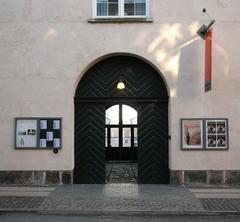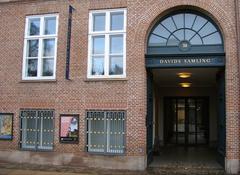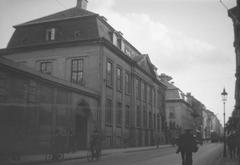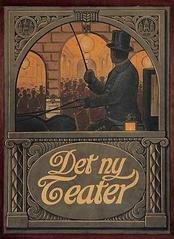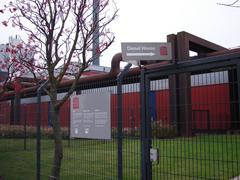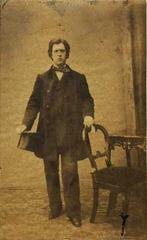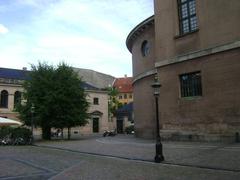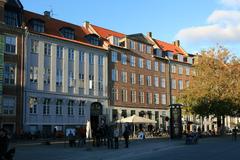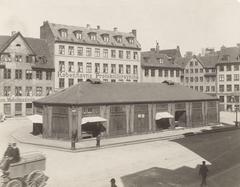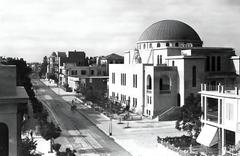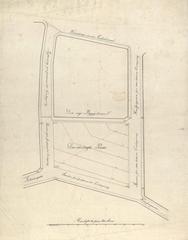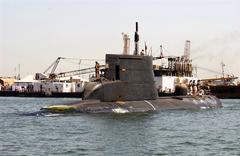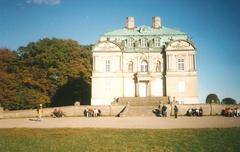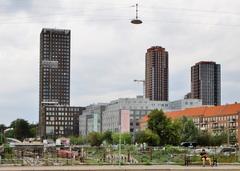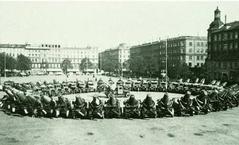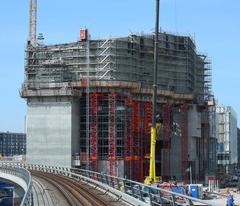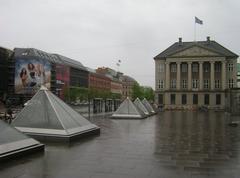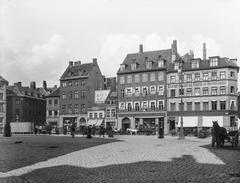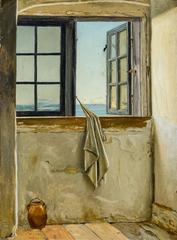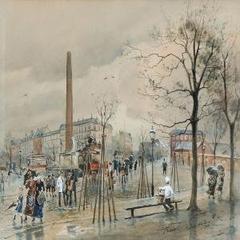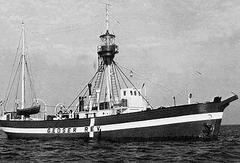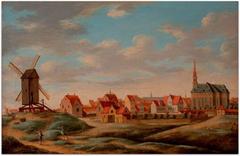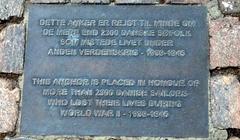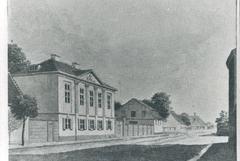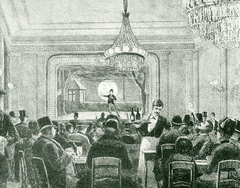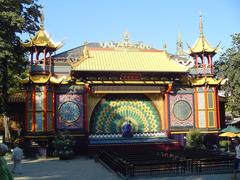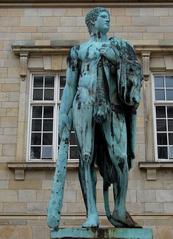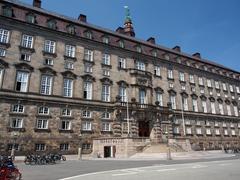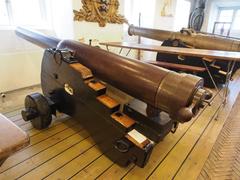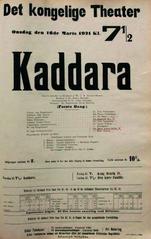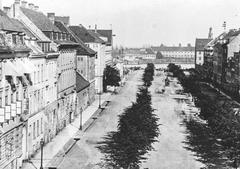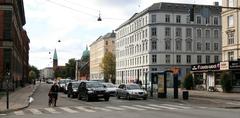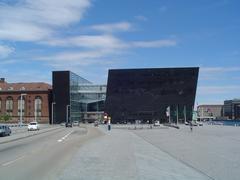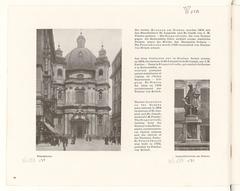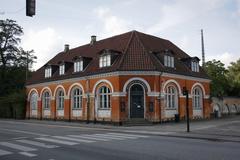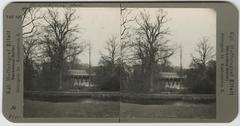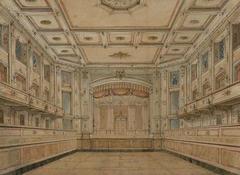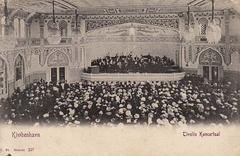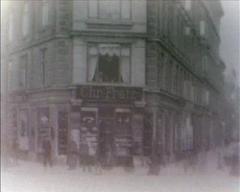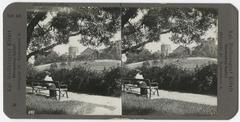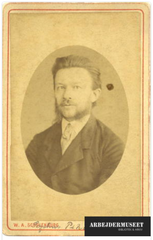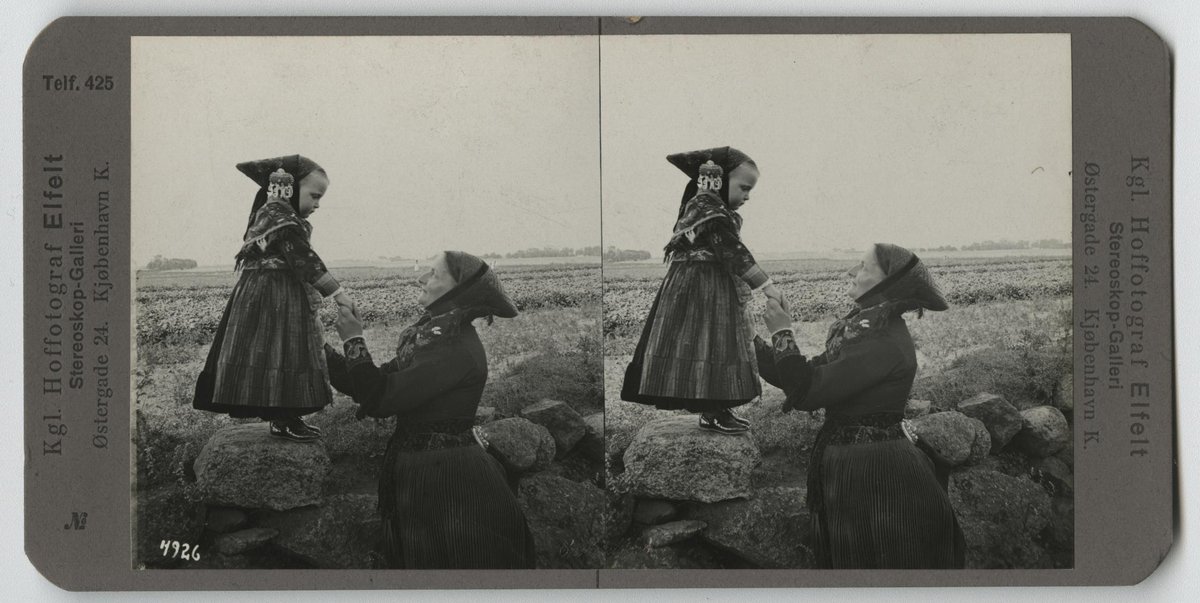
Frilandsmuseet Visiting Hours, Tickets, and Historical Significance in Copenhagen
Date: 18/07/2024
Introduction
Discover the charm of Frilandsmuseet, Copenhagen’s Open-Air Museum, where Danish rural life and architectural heritage come alive. This open-air museum, spanning over 50 hectares, offers a unique journey through over 500 years of Danish history, featuring authentic buildings, traditional crafts, and vibrant cultural events (Frilandsmuseet). Founded in 1897 by the visionary Bernhard Olsen, Frilandsmuseet stands as one of the world’s oldest and largest open-air museums, dedicated to preserving Denmark’s rural heritage and offering invaluable insights into the country’s past (Explore Frilandsmuseet). This comprehensive guide will provide you with detailed information about the museum’s history, visitor information, travel tips, and more, ensuring an unforgettable experience.
Table of Contents
- Introduction
- The Visionary Behind the Museum - Bernhard Olsen
- From Humble Beginnings to National Treasure
- Growth and Expansion - A Century of Preservation
- More Than Just Buildings - A Cultural Time Capsule
- Visitor Information - Hours, Tickets, and Accessibility
- Travel Tips and Nearby Attractions
- Significance and Recognition - A National Treasure and Beyond
- A Legacy for Future Generations
- Frequently Asked Questions (FAQ)
- Conclusion
The Visionary Behind the Museum - Bernhard Olsen
The genesis of Frilandsmuseet can be traced back to the late 19th century, a time when industrialization was rapidly transforming the European landscape, often at the expense of traditional ways of life. Bernhard Olsen, a renowned Danish painter, art historian, and folklorist, felt a deep sense of urgency to preserve the disappearing rural architecture and folk culture of Denmark.
Olsen envisioned a museum unlike any other, one that transcended the limitations of static displays within confined walls. He dreamt of a place where visitors could experience history firsthand by stepping into authentic buildings, walking through cultivated landscapes, and engaging with the stories they held.
From Humble Beginnings to National Treasure
Olsen’s vision began to materialize in 1897 when he opened the first iteration of Frilandsmuseet, then called “Den Gamle By” (The Old Town), in Copenhagen’s Kongens Have. This initial endeavor, featuring just a handful of relocated buildings, proved immensely popular, capturing the public’s imagination and garnering support for Olsen’s ambitious project.
Recognizing the need for a larger, more immersive setting, Olsen secured a sprawling site in Lyngby, just north of Copenhagen. In 1901, Frilandsmuseet, as we know it today, opened its doors to the public at its new location.
Growth and Expansion - A Century of Preservation
Over the following decades, Frilandsmuseet steadily grew, evolving into a sprawling museum encompassing over 50 hectares of rolling hills, ponds, and wooded areas. Buildings representing every corner of Denmark, from humble farmhouses to a stately manor, were meticulously dismantled, transported, and reconstructed on the museum grounds.
Each structure, carefully chosen to represent a specific region, time period, and social class, tells a unique story about the lives of the people who once inhabited them. The museum’s collection expanded beyond buildings to include agricultural tools, furniture, textiles, and everyday objects, providing a comprehensive picture of Danish rural life through the ages.
More Than Just Buildings - A Cultural Time Capsule
Frilandsmuseet is much more than a collection of old buildings; it’s a dynamic representation of Danish cultural heritage. The museum breathes life into history through a variety of engaging activities and events. Costumed interpreters demonstrate traditional crafts, tend to heritage breeds of livestock, and share stories of bygone eras, immersing visitors in the sights, sounds, and even smells of the past.
Seasonal events, such as harvest festivals, traditional markets, and historical reenactments, offer a glimpse into the rhythms of rural life throughout the year. Visitors can witness traditional crafts like blacksmithing, weaving, and cheesemaking, sample freshly baked bread from the museum’s historic bakery, or even try their hand at plowing a field with horse-drawn plows.
Visitor Information - Hours, Tickets, and Accessibility
Visiting Hours: Frilandsmuseet is typically open from April to October, with daily hours from 10:00 AM to 4:00 PM. Be sure to check the official website for any seasonal changes or special holiday hours.
Tickets: Admission prices vary, with discounts available for children, students, and seniors. Family tickets and annual passes can also be purchased. Tickets are available online or at the entrance.
Accessibility: The museum grounds are generally accessible, with pathways suitable for wheelchairs and strollers. However, some historic buildings may have limited accessibility due to their original structures.
Travel Tips and Nearby Attractions
Frilandsmuseet is located just north of Copenhagen in Lyngby. It’s easily accessible by public transport, with regular buses and trains from the city center. For those driving, ample parking is available.
While visiting Frilandsmuseet, consider exploring other local attractions such as the beautiful parks of Lyngby, the Sorgenfri Palace, or taking a scenic boat tour on the Lyngby Lake.
Significance and Recognition - A National Treasure and Beyond
Today, Frilandsmuseet stands as a testament to the importance of preserving cultural heritage and a celebration of Danish rural life. It’s not only a popular destination for locals and tourists alike but also a valuable resource for researchers and historians studying vernacular architecture, social history, and traditional building techniques.
The museum’s significance extends beyond Denmark’s borders. As a founding member of the Open Air Museum Association, Frilandsmuseet has played a pivotal role in shaping the global open-air museum movement, inspiring similar institutions worldwide.
A Legacy for Future Generations
Frilandsmuseet’s commitment to preserving and interpreting Danish rural heritage ensures that future generations can connect with their past in a tangible and meaningful way. The museum continues to evolve, adding new buildings and exhibits that reflect the ever-changing story of Denmark’s rural landscape.
By offering a window into the lives and traditions of those who came before, Frilandsmuseet fosters a deeper understanding and appreciation for Danish history and culture, reminding us of the enduring connection between the past, present, and future.
Frequently Asked Questions (FAQ)
Q: What are the visiting hours for Frilandsmuseet?
A: Frilandsmuseet is typically open from April to October, with daily hours from 10:00 AM to 4:00 PM. Check the official website for any seasonal changes or special holiday hours.
Q: How do I purchase tickets for Frilandsmuseet?
A: Tickets can be purchased online through the museum’s official website or at the entrance. Discounts are available for children, students, and seniors.
Q: Is Frilandsmuseet accessible for visitors with disabilities?
A: The museum grounds are generally accessible, with pathways suitable for wheelchairs and strollers. However, some historic buildings may have limited accessibility.
Conclusion
Frilandsmuseet offers a unique and immersive experience into Denmark’s rich rural heritage. Whether you’re a history enthusiast, a family looking for an educational outing, or a tourist exploring Copenhagen’s historical sites, Frilandsmuseet is a destination not to be missed. Plan your visit today, and step back in time to discover the charm and significance of this remarkable open-air museum (Frilandsmuseet).
References
- Frilandsmuseet - Visiting Hours, Tickets, and the Rich History of Copenhagen’s Open-Air Museum, 2024, Author https://www.frilandsmuseet.dk
- Explore Frilandsmuseet - Visiting Hours, Tickets, and Top Exhibits in Copenhagen, 2024, Author https://en.natmus.dk/museums-and-palaces/the-open-air-museum/
- Frilandsmuseet Visiting Hours, Tickets, and Tips for an Unforgettable Experience, 2024, Author https://en.natmus.dk/museums-and-palaces/the-open-air-museum/
